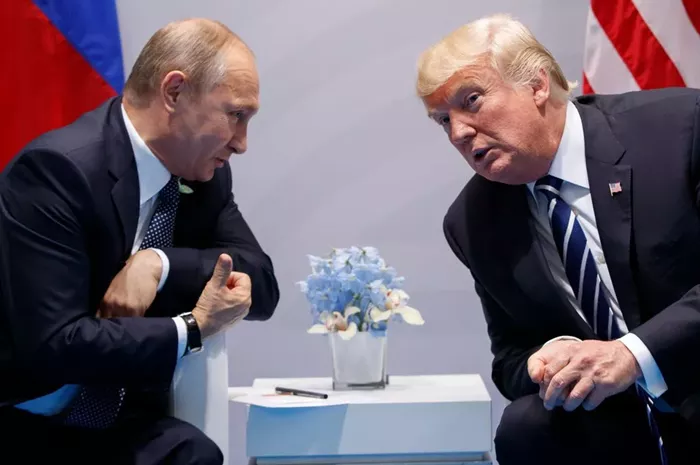Donald Trump’s long-awaited military parade is set to take place in Washington, D.C., in the coming weeks. The event will mark the 250th anniversary of the U.S. Army and coincides with the president’s 79th birthday.
Trump’s enthusiasm for grand military displays is well known. The planned parade draws comparisons to Russia’s recent 80th Victory Day celebration in Moscow, a large-scale event held on May 9 that showcased military power.
Scheduled for June 14, the parade will feature around 7,500 service members, 120 military vehicles, and 50 aircraft. Military officials estimate the event will cost \$45 million. Despite criticism over the expense, Trump has defended the parade as a celebration of America’s military strength, stating it is “peanuts compared to the value of doing it.”
The parade has sparked controversy, with many Americans criticizing it as a costly vanity project timed to boost Trump’s personal image. Some have likened the event to displays by authoritarian leaders like Vladimir Putin and Kim Jong Un. Social media users have voiced concerns that the parade sends the wrong message, suggesting it mimics strongman tactics rather than patriotic pride.
Senator Adam Schiff, a vocal critic, warned that military parades are often used by authoritarian rulers to demonstrate control over the armed forces. He suggested Trump’s desire for such a parade reflects similar ambitions.
Trump’s interest in a military spectacle was reportedly inspired by France’s Bastille Day parade in 2017. After witnessing that event, he told French President Emmanuel Macron he wanted to “top” the display.
While Trump and his supporters see the parade as a proud tribute to the U.S. Army, opponents argue it risks projecting an image more aligned with authoritarian showmanship. The event’s timing, scale, and cost have all raised questions about its true purpose and message amid a politically divided nation.


